Proud of multinational heritage
Within the framework of the Thang Long-Hanoi Festival 2025, the Hanoi Department of Culture and Sports coordinated with the People's Committee of Long Bien Ward and the Vietnam Cultural Heritage Association to organize many attractive activities related to the conservation and promotion of the world heritage of tug of war.
This is an opportunity for tug-of-war communities of Vietnam, Korea, Cambodia and the Philippines to "connect" and contribute to the process of preserving and promoting heritage.
 |
| Practice tug of war sitting at Tran Vu temple (Long Bien, Hanoi ). |
Dr. Le Thi Hong Ly, Vice President of the Vietnam Cultural Heritage Association, recalled: “10 years ago, on the way home after working with the community on a festival heritage, on the bus, we connected with the UNESCO meeting taking place in Ethiopia and were overwhelmed with emotion when we heard the announcement that the Tug of War Rituals and Games of Vietnam, Korea, the Philippines, and Cambodia were inscribed on the Representative List of Intangible Cultural Heritage of Humanity.
With Korea's enthusiastic and responsible connection, research trips, field trips, discussions on value recognition, and protection measures have been carried out for 3 years, sometimes in this country, sometimes in that country, but mostly in Korea. It can be said that if "connection" is the key word for the success of the tug-of-war communities in 4 countries in the past 10 years, then Korean experts and tug-of-war communities have played an important and core role throughout the process from research to building profiles to developing international relationships, through practical activities that take place every year.
In Vietnam, from 6 communities practicing tug-of-war rituals and games in 2015, up to now, 4 more communities have been discovered, researched and will be proposed to be added. Regarding heritage practices and the role of the subject, all communities are practicing well, including newly discovered communities, because more than ever, they understand that heritage is their own, a message from their ancestors, their luck and strength, the joy of children and their happiness.
It can be said that tug-of-war heritage is one of the successful lessons in preserving intangible cultural heritage, with the participation, understanding and autonomy of the community. Over the past 10 years, the Vietnamese tug-of-war heritage community has grown and developed, spreading values, brands and positive meanings in life.
The sitting tug-of-war community in Thach Ban (Long Bien, Hanoi) has truly become the center of successful connection of domestic and international tug-of-war communities, with the active guidance and support of the local government. The birth of the Vietnam Tug-of-war Heritage Community Network Club is a typical example of the connection and sustainability of Vietnamese tug-of-war. This network reflects the spirit of the 2003 UNESCO Convention for the Safeguarding of Intangible Cultural Heritage, which is to promote respect for cultural diversity, enhance dialogue between communities and protect intangible cultural heritage, as a foundation for peace and sustainable development.
Ms. Le Thi Anh Mai, Deputy Director of the Department of Culture and Sports of Hanoi City emphasized: “After 10 years of being recognized, the communities practicing the heritage of Tug of War rituals and games in Hanoi, as well as the communities practicing tug of war in Bac Ninh, Phu Tho, Lao Cai, Hung Yen, Ninh Binh... have continuously protected, promoted and spread the value of the heritage.
Heritage is regularly practiced, introduced and promoted in the community; teaching activities for the younger generation are given attention and focus; many localities have proactively connected and exchanged between tug-of-war communities in the country to create a living heritage network. Along with that, the international connection between Vietnam and Korea, Cambodia, and the Philippines has opened up a wide space for cultural exchange, connecting communities, honoring and diversifying cultural identities, strengthening friendship between nations, cultivating peace, cooperation and sustainable development in the region.
Mr. Gu Eun-mo, Chairman of the Gijisi Tug-of-War Preservation Association, Korea shared: “After being registered, the Gijisi Tug-of-War Preservation Association has focused its efforts on supporting the activities of the alliance of organizations that transmit traditional Korean tug-of-war. The 19 alliances that have been established and received support from the Korean Cultural Heritage Administration after registration have actively carried out activities such as organizing performances, capacity-building workshops, publishing survey reports, developing educational programs, and international exchanges with Vietnam. The activities of this alliance have brought about positive impacts, not focusing on a specific community, but helping to more effectively implement the support of the Korean Cultural Heritage Administration and enhance the capacity of teaching communities.”
Issues raised
According to the UNESCO Convention, countries must ensure that communities, collectives and individuals custodians of intangible heritage actively participate in the conservation and management of the heritage. At the same time, in the process of inscription on the Representative List of the Intangible Cultural Heritage of Humanity, community consensus and participation are also emphasized.
In the case of tug of war, which was registered by the four countries of Korea, Vietnam, Cambodia and the Philippines under a joint registration in December 2015, the communities could only participate at the level of coordinating the investigation related to the registration and agreeing to the registration documents.
In other words, the active participation of the community in the application process faces many practical difficulties, such as language barriers, expertise, finance and time constraints. However, tug of war has been evaluated as a typical case compared to other types, thanks to the registration process and the active activities of the community after being registered.
 |
| Practicing mining in Xuan Lai (Da Phuc commune, Hanoi city). |
Mr. Ko Daeyoung, from Dangjin City (South Korea), commented: “In the future, Korea, Vietnam, Cambodia, and the Philippines will all face great challenges due to urbanization, industrialization, and aging of traditional communities in agricultural areas where tug-of-war is mainly practiced. The power of tradition will decline over time, and the maintenance of tug-of-war will be limited. In addition, urbanization and climate change will also make it difficult to find materials for tug-of-war ropes such as straw or rattan. In the long term, building a network based on regional alliances can also be considered. If run by local governments, the budget and administrative capacity will be stable, but the status of the community may be reduced; if the community is dominant, there will be difficulties in budget, human resources, and administration.”
Ms. Chey Chankethya, representative of the Cambodian tug-of-war community, pointed out the challenges: “There is a need to balance the modern sporting aspects of tug-of-war with its traditional ritual significance, ensuring that cultural values are not lost. Maintaining the interest of young people, especially in rural communities, requires continuous engagement and innovation. Furthermore, there is a need for sustainable funding and technical support to expand documentation, research and teaching activities.”
“Another concern is the decline of natural resources used to make traditional tug-of-war strings. Traditionally, strings were made from natural fibers such as hemp, rattan, or local plants, which were valued for their durability and symbolic connection to nature. However, due to deforestation, environmental degradation, and the decline in the use of traditional crafts, these resources have declined. As a result, communities are increasingly using synthetic strings for convenience, but this risks losing the game’s natural and cultural roots. Preserving traditional string-making knowledge and ensuring sustainable access to natural materials becomes an essential part of efforts to preserve the tug-of-war heritage,” Ms. Chey Chankethya emphasized.
Source: https://www.qdnd.vn/van-hoa/doi-song/10-nam-di-san-keo-co-duoc-unesco-ghi-danh-nhung-thanh-tuu-va-van-de-dat-ra-1012205













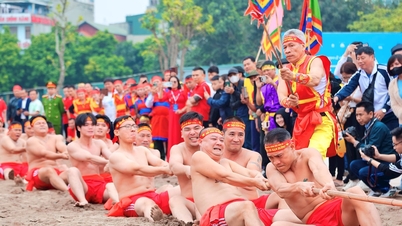

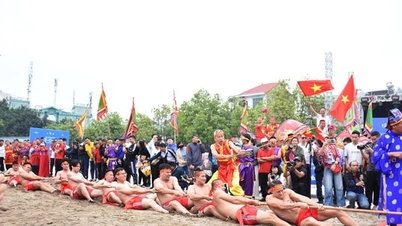

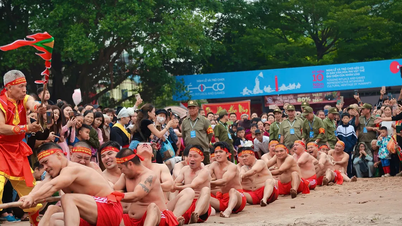

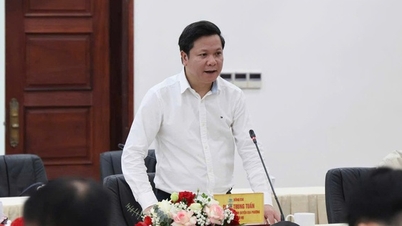




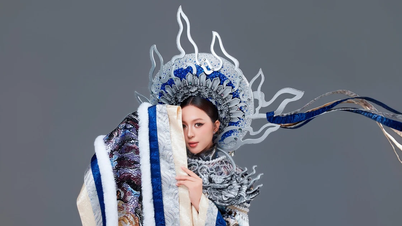
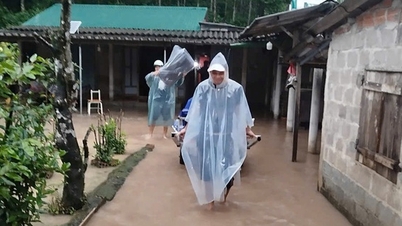









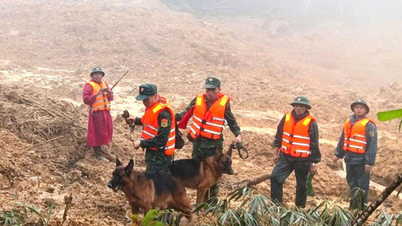
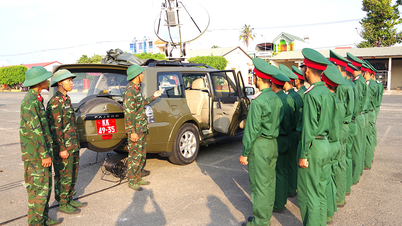







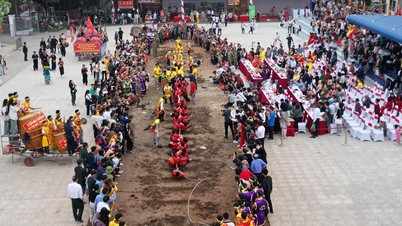

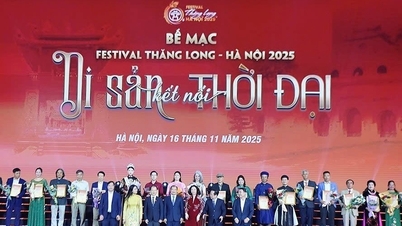





























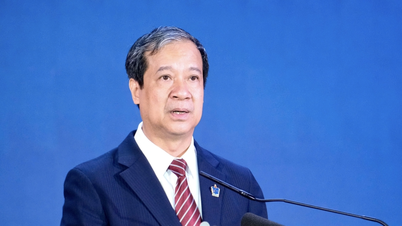

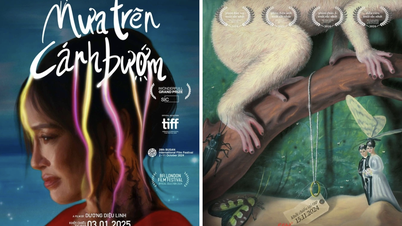
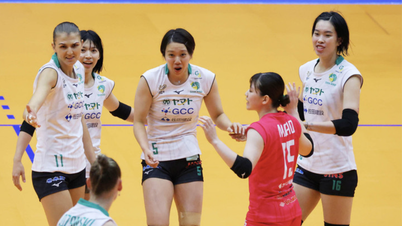

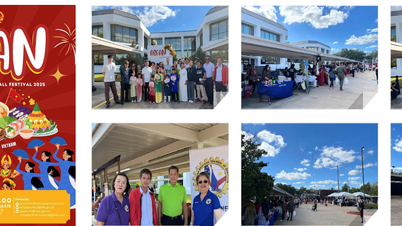







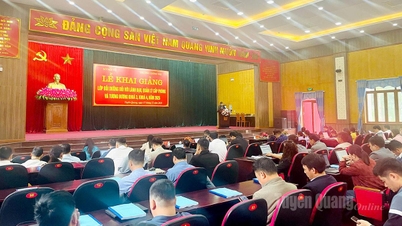



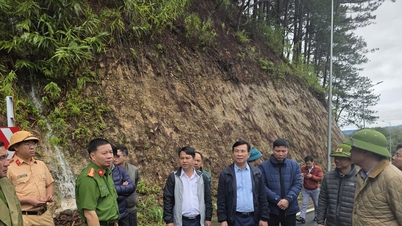

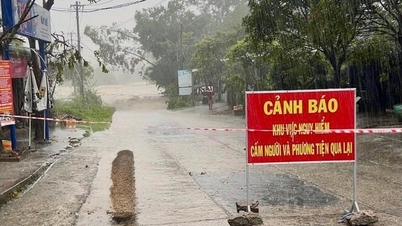

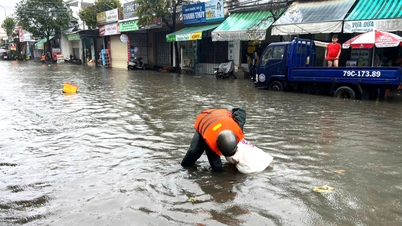















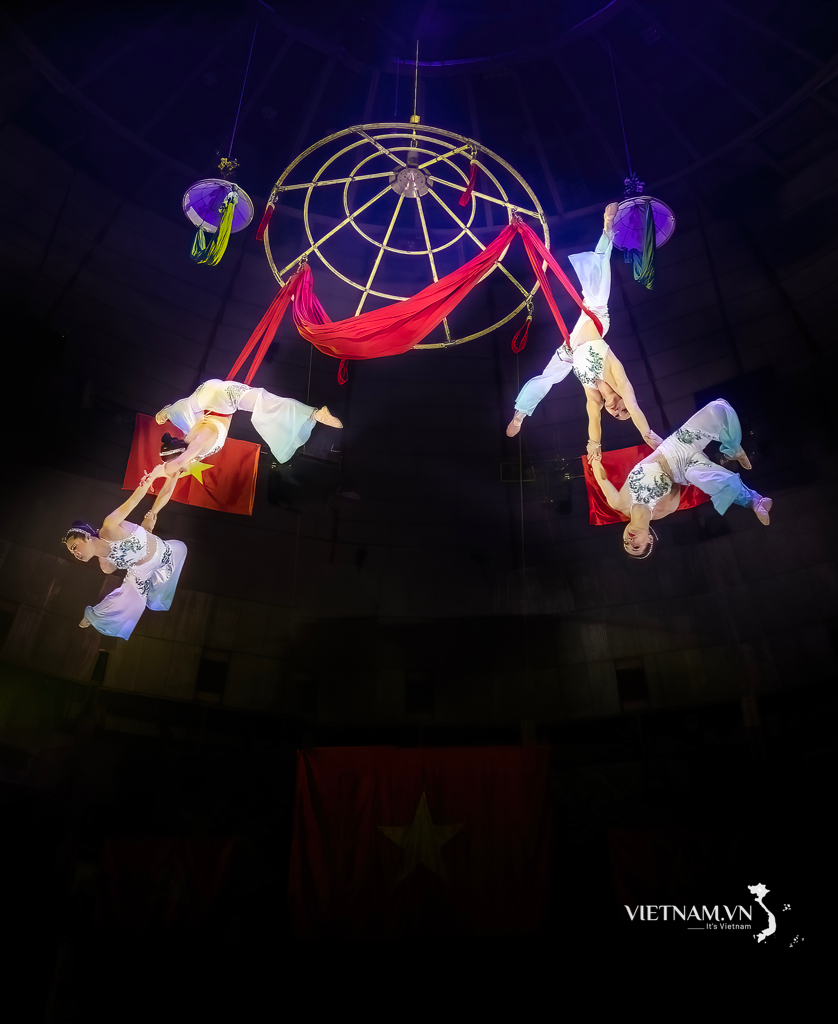
Comment (0)